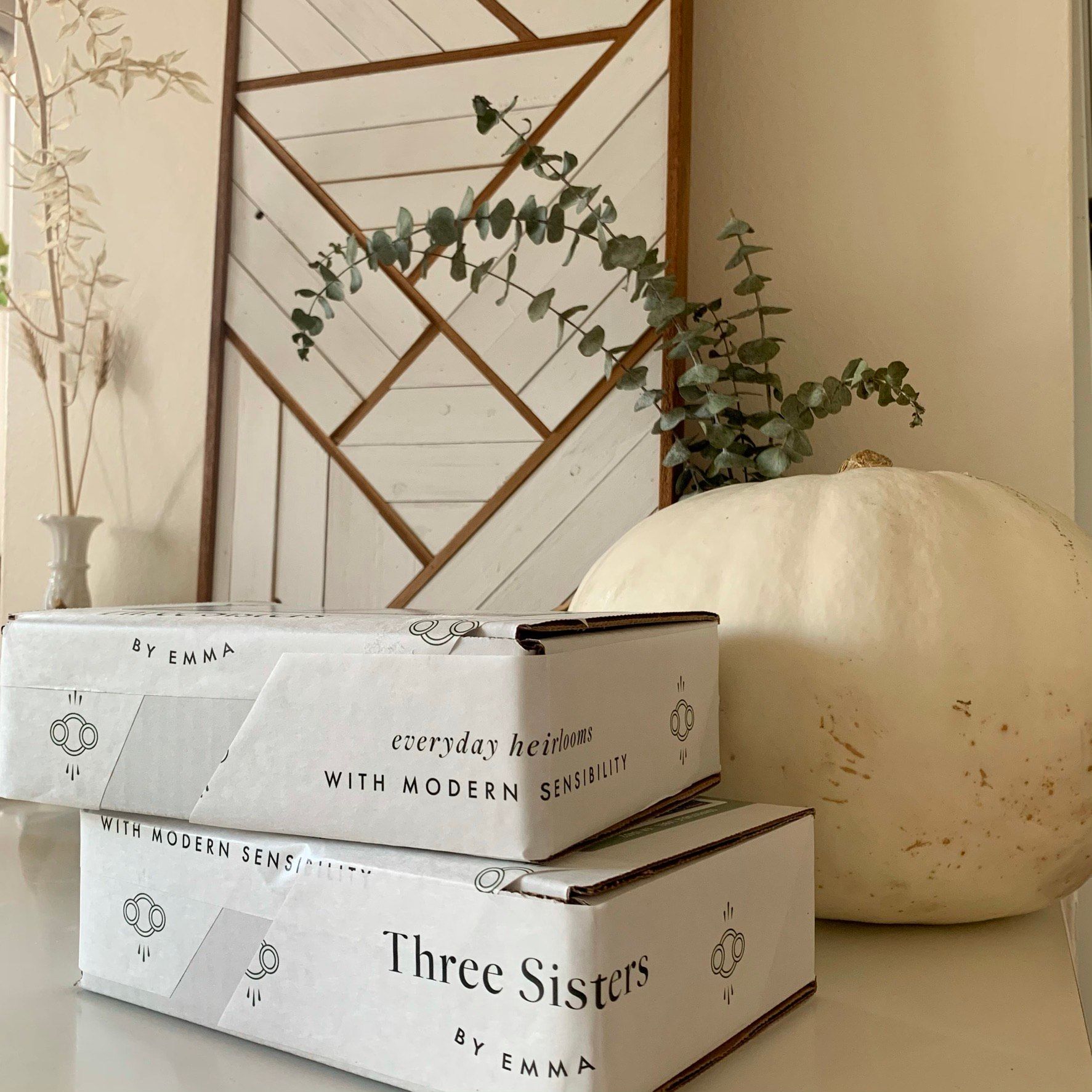You got into business because you had one big idea: maybe it was selling your finished goods, or teaching a specific skill to others. But that doesn’t mean you have to be a one-trick pony forever.
Diversifying your sources of revenue is a smart way to insulate yourself from seasonal ups and downs (like, does everyone have to buy everything right before Christmas?) as well as monumental shifts in the marketplace (caused by events like COVID-19 shutdowns or the 2008 financial crisis). Plus, it helps to keep yourself from getting bored.
Trying different angles to your business is also a means of testing new products and learning where you get the best return on investment for your time and effort. And who knows? Maybe you’ll like the new thing even better.
A caveat: Sometimes focus is a good thing. Diversifying is best when your primary source of revenue is going smoothly, or if you have seasonal lulls that give you a risk-free chance to experiment. But if you’re still working out the kinks on idea number one, you might want to stick with it for now and save your other ideas for later.
Ready to explore new ways to expand your business? Here are some options.
1. Sell kits
There’s something about a kit that people just love to buy. It’s the promise of making (and completing!) a project, and the fact that they only need to purchase one thing, rather than a bunch of different supplies.
If your primary business is in making finished products or simple patterns for sale, perhaps expanding into kits could be a growth market for you, or a way to reach a slightly different audience.
Take Quebec-based textile artist Ariane Gatien, who racks up the likes on Instagram and frequently sells out of her original weavings and punch needle pieces (which are sold under her brand name Blanc Laine). She also sells DIY kits so aspiring makers can try their own hand at recreating the styles they love.
2. Sell finished work and installations
Or perhaps it’s the other way around for you — you built your business on supplies or kits, but you’re itching to be more creative and sell finished products too, or even take on commissions.
Spruce and Linen in Alberta, for instance, primarily sells kits and supplies, as well as shares weaving tutorials via YouTube. But owner Jenell Flynn also takes on custom commissions, and even completed a large-scale weaving to hang in her local Lululemon store.
3. Sell patterns and PDF downloads
The beauty of a PDF pattern is it’s infinitely scalable. In other words, you do the work once and set it up as part of your offering and then you can sell as many copies as you’re able, no (or little) extra work required.
Vancouver-based Karla Lim, for example, runs a calligraphy company called Written Word. While much of her business involves creating custom and semi-custom stationery, especially wedding invitations, she also caters to DIY-ers and aspiring calligraphers with products such as downloadable calligraphy worksheets you can print at home to learn new styles.
4. Sell tools and supplies
If you already have an audience for your kits or patterns, is there a chance you can expand and sell supplies as well?
Julie Sinden in Toronto, for example, sells natural dyeing kits under her brand The Love of Colour. In addition, she sells “blanks” for dyeing, such as undyed yarn, fabric and finished goods that dyers can purchase from her for their own projects. (Read our interview with Julie to find out more about how she developed her products.)
5. Teach classes
Whether in-person or online, teaching classes can be both a source of income and a source of customers for your business. Live classes are nice for their interactivity, but pre-recorded classes are often more convenient, as they let students study at their own pace — and let you sell your class to much larger numbers of people than you could handle in real time.
Montreal-based Closet Core Patterns, for instance, primarily sells sewing patterns for DIY clothing. But they also have a number of virtual classes on their website for sewists who want to expand their skill set.
6. Sell partnerships
Is there a particular product or supply that you absolutely love and depend on when it comes to your maker business? If you have a large enough audience, it might be worth inquiring if they’re open to partnerships — in other words, would they be interested in paying you a fee or retainer to promote or be the face of their brand?
7. License your work
Do you dream of seeing your art or designs in big-name retailers and attached to well-known brands? You might be able to find opportunities to license your work — in other words, to accept fees or royalties from another company in exchange for letting them use your creative on their products.
Toronto designer Lindsay Stephenson, for example, grew her stationery design business into a licensing empire that has included bedding, wall art and accessories.
8. Sell prints
If you’re not doing it already, perhaps your art would be well suited to prints on paper, fabric or other media.
Toronto textile artist Arounna Khounnoraj, for example, sells a wealth of products via her popular brand Bookhou — among them, fabric bags and pouches. (Her diverse product offering also includes supplies, kits, patterns and books, and she has taught classes around the world.) She has also printed her art (and her daughter’s) onto enamel pins, and creates calendars (on paper and on a keepsake linen tea towel) every year that quickly sell out. Goals, right?







